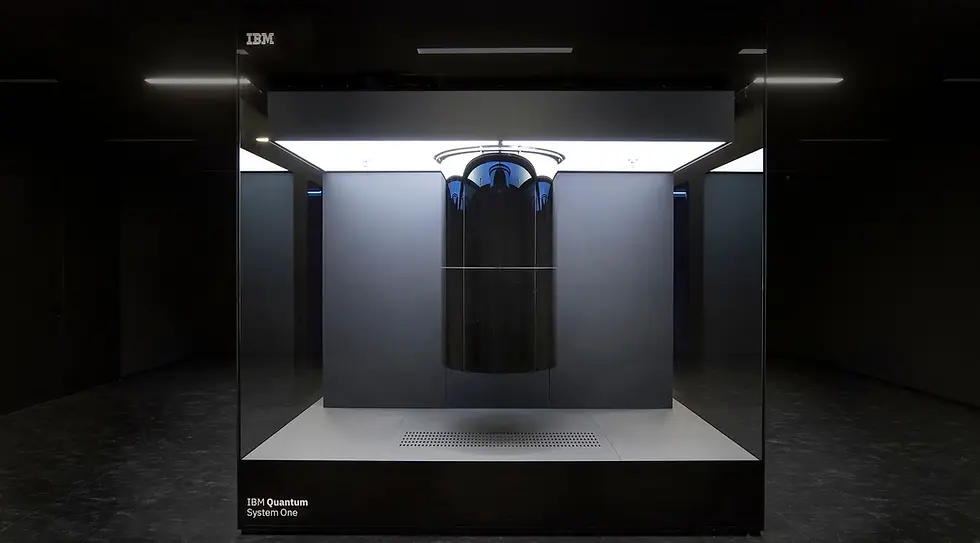CETHERA Gains Access to IBM Quantum System One at Yonsei University for R&D Works
- nikitabond941
- Jun 25
- 2 min read

Incheon, South Korea — November 2024
CETHERA has officially joined the IBM Quantum System One user network at Yonsei University, gaining privileged access to South Korea’s first quantum computer installed by IBM. This critical development enhances CETHERA’s research capabilities and directly supports the ongoing advancement of its proprietary Quantum Entanglement-Based Cryptographic Protocol (QE-BCP).
The IBM Quantum System One at Yonsei is the first and only system of its kind in the country, forming part of IBM’s global quantum computing infrastructure. As a recognized participant in this program, CETHERA is now authorized to run simulations, conduct entropy modeling, and perform complex quantum-inspired operations using the live quantum processor. This access allows the startup to refine and validate the foundational security principles behind QE-BCP using real qubit-based environments, rather than relying solely on classical approximations.
The QE-BCP protocol, a central component of CETHERA’s CTHR-01 PCIe security accelerator, is a next-generation cryptographic framework designed to exceed current standards like AES and RSA in resilience, speed, and adaptability. By leveraging real quantum computation, CETHERA can now fine-tune elements such as non-deterministic key evolution, quantum entropy behavior, and state-transition shielding based on direct experimental data.
This collaboration with IBM and Yonsei positions CETHERA at the forefront of quantum-secure hardware development. The ability to test and align core protocol logic against actual quantum mechanical behavior ensures a higher level of precision and security validation, setting the foundation for future post-quantum certification and standardization.
Through this milestone, CETHERA reaffirms its commitment to building hardware security systems that are not only future-ready but technically validated at the quantum level, ushering in a new era of cryptographic trust and resilience.




Comments